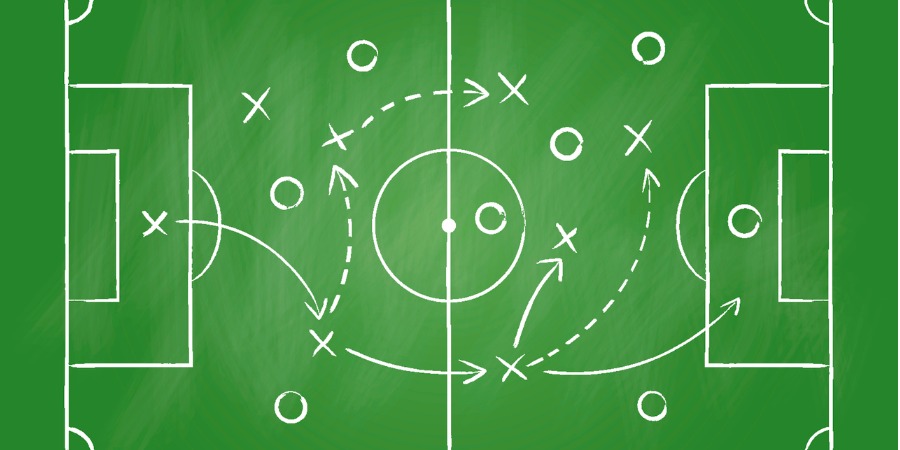
Adapted from Dr. Claes Fornell's book | June 8, 2017
The Satisfied Customer: Winners and Losers in the Battle for Buyer Preference
Measuring customer satisfaction has become standard practice, but the measurement is rarely subjected to professional standards.
A few years back, I was asked by the Harvard Business Review to write a short piece entitled "The Science of Satisfaction."1 Actually, it didn't deal that much with science, but made the point that efforts to improve customer satisfaction were typically recorded as costs before the benefits of the efforts were realized. As a result, many companies overstated earnings in one period and understated them in another.
I am not going to dwell on the details of science here, but it will be useful to talk about some fundamentals. What I would like to do is to use science for systematic analysis and for substantive knowledge. And, at a minimum, sound an alert about the boundaries of the most common "do-it-yourself" approaches guided by nothing but a desire for simplicity. Simplicity is all good and well, but it sometimes comes at a high price.
Let's start with measurement theory. If done without the benefit of science, assigning numbers to objects, which is what measurement is about, is meaningless at best, and misleading at worst. It would be like trying to build a bridge without knowledge of structural engineering. Fortunately, most bridges are constructed by engineers. The fact that they are often not well maintained is another matter.
Regrettably, most measures of customer satisfaction are more like the rough-and-ready kind—patched together without the benefit of statistics, mathematics, or measurement theory. A sort of, "let's just ask our customers" mentality seems to dominate in many companies.
Management consulting firms have been of no help. In some ways, they have made the problem worse by ignoring measurement theory all together. There should be no mystery about what it has led to. Bridges constructed without knowledge of structural engineering will collapse; data obtained without a knowledge of how to assign numbers to objects create random noise with large margins of error, and lead to costly mistakes.
Survey respondents say many things, some true, some not, and some that make no sense. On the average, even a professionally conducted survey has about 30 percent error for each question, above and beyond sampling error. Even responses to the simplest questions are not error-free.
I have seen many companies allow unfiltered survey responses affect strategy and bonus payments to employees. There is always random noise in raw data, but a good measurement system can convert noisy and imperfect raw data into accurate, forward-looking, relevant, and actionable information.
Here's where mathematics and statistics, as well as measurement theory, enter the picture. We now have methods to sort out the relevant from the irrelevant, filter out noise and error, take us from description to explanation, from samples to populations, and from empirical relationships to an understanding of what causes what.
Paradoxically enough, quantification has become standard practice in professional management, but the measurement itself is rarely subjected to professional standards and its accuracy is often questionable.
1. Claes Fornell, "The Science of Satisfaction," Harvard Business Review (March 2001): 120–121.
Other Resources
- Date
- September 7, 2023
by David Ham | September 7, 2023 With the amount of money involved in professional sports contracts, the current trend toward deeper analysis makes good business sense. However, […]- Date
- June 2, 2023
by David Ham June 1, 2023 I will start by stating the obvious, inflation is forcing consumers to make tradeoffs and difficult decisions. This puts businesses […]- Date
- August 1, 2022
by David Ham August 1, 2022 Five years ago, I wrote a blog that asked, Is This a ‘Hook-Up’ or a Long-Term Relationship? The post was […]- Date
- May 24, 2022
by Omar Khan May 24, 2022 A few years before getting my first job as a consultant, I spent a summer abroad in the United Arab […]





